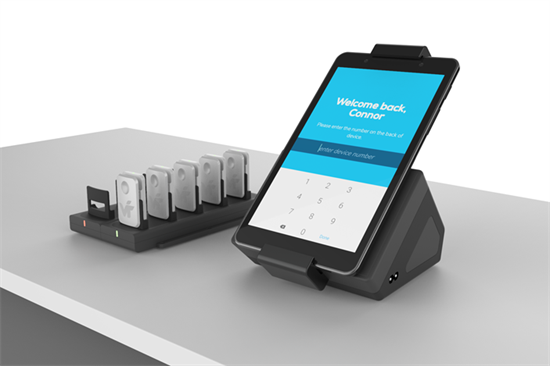
A job safety analysis (JSA) is a technique that focuses on job tasks as a way to identify hazards before they occur. It is one of the most common preventative tools safety and risk managers use. Often JSAs are also used interchangeably with job hazard analysis (JHA). Coupled with a strong agile management system, JSAs can be part of an important feedback loop to understanding risks in your workplace.
Following these steps will help you to create JSAs for your workplace.
1. Select a Job to Analyze
This may sound like a trivial task, but this is an important consideration as employers have limited time and resources to analyze all the job functions in the company. Depending on the complexity of your business, some jobs may have more than a dozen steps.
As best practice, use the following check list to prioritize which jobs to look at first:
- Jobs with highest loss days or days away from work
- Jobs with high potential for injuries and illness
- Jobs with high turnover
- New jobs or processes, or ones that have recently undergone major changes
- Jobs with a high level of complexity that have written instructions or over 10+ hours of on-the-Job training
- Jobs that require operating heavy equipment or where equipment can be deadly to the operator
2. Job Task Breakdown
Regardless of the task or job selected, having accurate information around the workflow and the risks presented is key to having a meaningful JSA. Each JSA is only as good as the quality of data provided.
To perform an accurate JSA, each individual job must be broken down into individual tasks. However, where JSAs can be tricky is making sure they are not too broadly or too narrowly defined.
For example, if a company described a task with "requires lifting," this description is too broadly defined to be useful to evaluate the risk of lifting. However, if a company defines more than 30 steps for a job, then it becomes overwhelming to dissect risk in each category. Some tasks may be unnecessary.
We recommend keeping JSAs to ten steps. If a job is so complex in nature that it truly requires more than ten steps to complete, then break it down into multiple JSAs. It's important to maintain the proper sequence of tasks as they are performed on the job
To perform the job task breakdown, an environmental health and safety (EHS) professional and a supervisor familiar with the job are typically required. The two together will manually view the task being done and write down their observations. If you need help with getting in touch with an EHS professional and doing your JSAs remotely, contact Vigilant Technologies (VIT) at info@vitinitiative.com.
3. Identifying Hazards
Once you have broken the job down to its fundamental tasks, it's time to identify the hazards that are introduced in each part of the process.
For example, a picking job function at a warehouse includes a task where employees need to unload pallets. It's important to note the weight and dimensions of this pallet and the frequency of this lift.
Based on the size and weight of the object combined with the frequency, risk managers can identify this task as a high-level or low-level hazard. In the case of unloading a pallet of 40 pounds of individual packed liquids, this tasks will likely be categorized as high risk due to the high weight. Liquids are notoriously bad for causing injuries.
In addition to one time observations, it's important to audit job risk over a longitudinal period of time. This is where tools like VIT's Arc can come in handy to measure lifting repetition on job tasks that have a history of strain and sprain exposures. By using systems like VIT's Arc, companies can track exposure over weeks without needing supervisors to manually take notes.
4. Preventative Measures
This step is one of the most important and can be overlooked. It's critical to create a preventative plan once risks have been gathered to ensure employees' exposure to risk can be reduced. Otherwise, the creation of the JSA is useless. The National Institute for Occupational Safety and Health lists five controls to reduce hazard:
- Elimination – Physically remove the hazard
- Substitution – Replace the hazard
- Engineering Controls – Isolate people from the hazard
- Administration controls – Change the way people work
- PPE – Protect the worker with personal protective equipment
Once measures have been set in place such as "employees of this job task must wear hardhats," it's important to put together a system to track adherence. Too often, we see companies "set and forget" meaning they put a preventative policy in place and assume everyone in the workplace receives the proper information and follows the recommended guidelines.
Engaging your employees in the corporate safety/risk roadmap is important to the success of any safety program. We recommended providing tools to your workforce to help gamify adherence as well, and allow your employees and supervisors to report safe and risky behaviors. Many times, corporate audit programs relay on supervisors to help with the audit whereas the workforce itself is an incredibly underutilized pool of information that can help understand if your preventative measures are being followed and what areas need improvement.
VIT is the newest member of Protective’s Vendor Referral Network. VIT can help with adherence and engaging your workforce to be part of this feedback loop using our workplace safety platform. For more information, visit the website at vitinitiative.com or email andy.chan@vitinitiative.com.